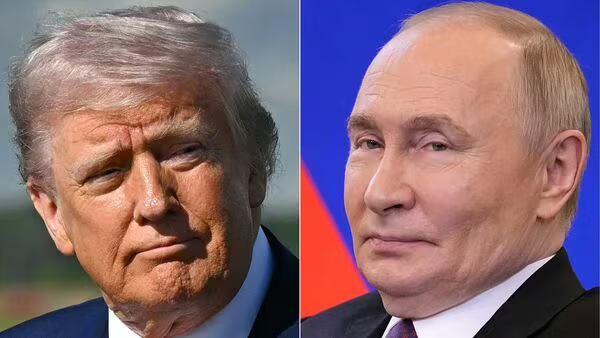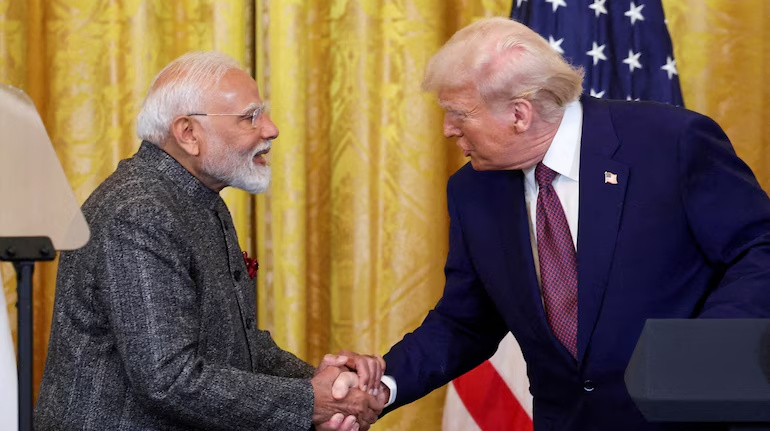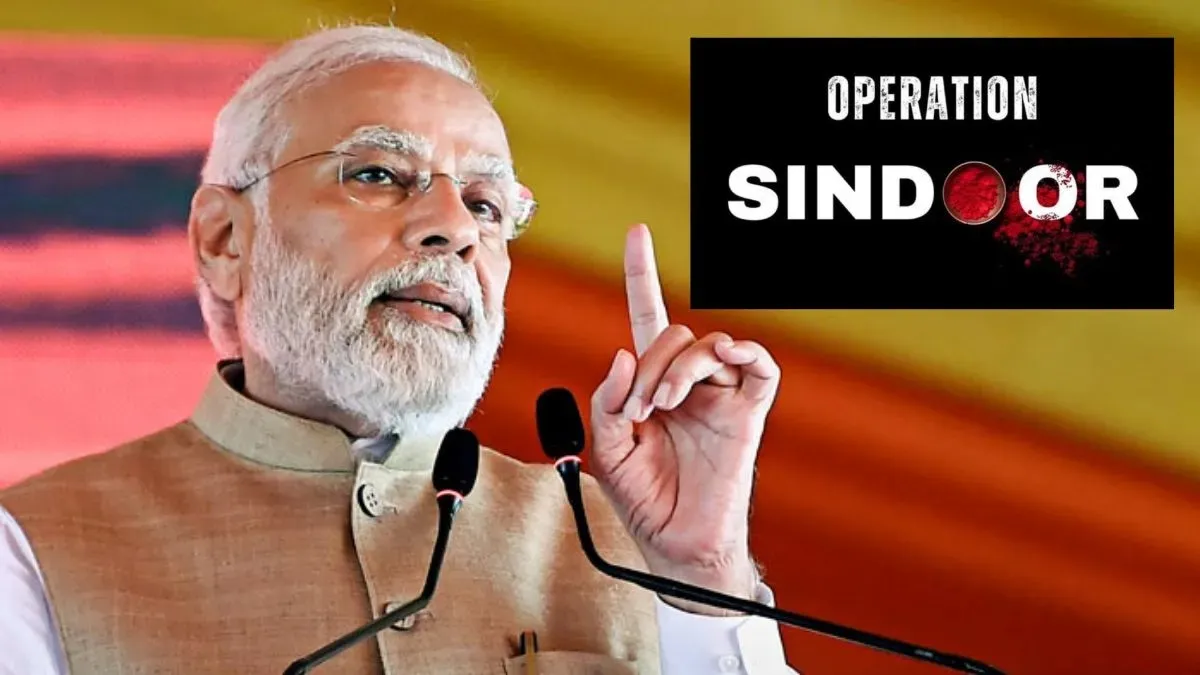Russia-Ukraine Peace Hopes Fade as Trump Admits Putin Call Offers No Immediate Solution
- Abhishek

In the midst of global anxiety over the prolonged Russia-Ukraine war, a recent update has dimmed hopes of peace—at least for now. Former U.S. President Donald Trump, known for his unpredictable diplomatic style, confirmed that his latest 75-minute conversation with Russian President Vladimir Putin did not result in any breakthrough. “It was a good conversation,” Trump said, “but not one that will lead to immediate peace.”
This candid admission underscores the increasingly complicated nature of international diplomacy surrounding the conflict, now in its third year. While efforts toward negotiations continue in the background, the latest comments signal that neither side is anywhere close to laying down arms.
The Call Heard Around the World
Trump’s call with Putin came at a time when tensions in Eastern Europe are once again on the rise. Ukraine has intensified its counter-offensive strategies, with a particular focus on long-range drone attacks that have inflicted significant damage on key Russian military infrastructure. These actions, while viewed by some as tactical victories, have also escalated the conflict—prompting Russia to warn of potential retaliation.
Trump, who has often praised Putin in the past and criticized U.S. involvement in “forever wars,” struck a more serious tone this time. According to his own account, he and Putin discussed the conflict in depth, but neither side made concrete moves toward de-escalation.
Interestingly, Trump emphasized that while peace remains the ultimate goal, the nature of the discussion didn’t hint at an immediate resolution. This admission may disappoint those who believed that Trump’s unconventional diplomacy could open new doors.
Escalation on the Ground
While Trump and Putin were speaking, Ukrainian forces were executing one of the most daring aerial offensives of the war. A swarm of drones targeted Russian military bases, destroying at least 12 bombers. According to reports, the damage could be worth nearly $7 billion. These aircraft weren’t just any planes—they were nuclear-capable bombers, which makes their loss significant both strategically and symbolically.
Russia, predictably, did not take this lightly. President Putin accused Ukraine of carrying out provocative actions and warned that Moscow would respond “appropriately.” Given the nuclear dimension and the scale of losses, the international community is now more concerned than ever about a potential spiral into greater conflict.
What’s clear is that both sides are still preparing for more fighting, not less.
A Stalemate in Peace Efforts
For peace to be possible, both Russia and Ukraine would have to come to the table with genuine intentions. However, that doesn’t appear to be the case just yet.
Ukrainian President Volodymyr Zelensky has consistently rejected talks under what he calls “maximalist” Russian terms. These include demands that Ukraine cede territory or abandon NATO ambitions—conditions that Kyiv sees as unacceptable.
Zelensky is not entirely opposed to peace talks, but he has made it clear that any future dialogue must be with Putin directly and must not be a façade. He wants assurances that negotiations will lead to actual results, not just headlines. At the moment, the gap between what Russia wants and what Ukraine is willing to offer remains vast.
The Trump Factor
Donald Trump has long claimed that if he were in office, the war would have ended “in 24 hours.” While this has been widely criticized as unrealistic, his recent conversation with Putin may have been an attempt to validate that claim. However, the reality of international diplomacy appears to have caught up with him.
Trump did not offer any detailed solution during the call, nor did he share any specific proposals afterward. The takeaway is clear: Even Trump, with his outsider status and rapport with Putin, cannot magically solve a deeply entrenched geopolitical conflict.
However, his involvement still raises eyebrows. Trump remains a leading figure in U.S. politics and could potentially return to the White House. Should that happen, his approach to Russia and Ukraine would certainly differ from the current administration’s strategy, which strongly supports Ukraine both financially and militarily.
A Broader Geopolitical Web
The Trump-Putin call also briefly touched on Iran’s growing nuclear ambitions. Both leaders reportedly agreed that Iran should not possess nuclear weapons, and there was mention of reviving negotiations. However, given Russia’s increasing ties with Iran—especially in the military sector—many Western analysts remain skeptical.
If Russia continues to align itself with countries like Iran and China, it may become harder for the West to build a united diplomatic front. This, in turn, complicates not just the Russia-Ukraine conflict, but global efforts to contain other flashpoints like Taiwan and the Middle East.
Conclusion: No Easy Way Out
The Russia-Ukraine war has entered a grim phase. The front lines are shifting, the casualties are mounting, and hope for peace seems as elusive as ever. Trump’s call with Putin served as a stark reminder: resolving a war of this scale and complexity requires more than just phone diplomacy. It demands trust, compromise, and above all, a willingness to end the bloodshed.
Until that happens, statements like “not a conversation that will lead to immediate peace” will continue to define this conflict.
For now, the world watches—and waits.







